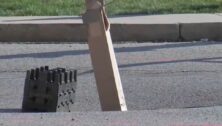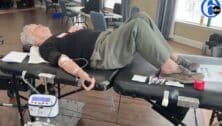Assessing Risks, Taking Precautions Are Key to Safe SEPTA and Rideshare Journey
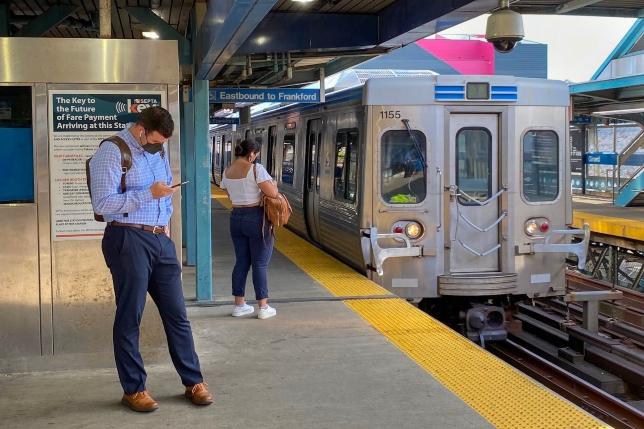
By Wendi Rank
You’d think as a germaphobe I’d have disdain for SEPTA and ride sharing.
On the contrary.
With this coronavirus lingering like last night’s fish, I’m curious about exposure. Is Uber bad? Is Fern Rock worse?
Public transit is the opposite of what the Centers for Disease Control and Prevention has been telling us, say Janette Sadik-Khan and Seth Solomonow of The Atlantic. Stay away from others, especially in close quarters. Anyone who’s tried leaving Center City at 6 P.M. on a Wednesday knows it is nothing but close quarters with others.
Sadik-Khan and Solomonow point out research and the experiences of other countries indicating coronavirus doesn’t spread through public transportation.
There’s got to be a joke in there somewhere about the virus hating Septa, right?
The CDC issued basic rules for using public transportation. Wash your hands before and after your ride. Wear a mask and cover coughs and sneezes.
Practice social distancing. Skip a few rows between you and the next rider. If you think you’ve be exposed or are ill, avoid public transportation unless you’re accessing healthcare, says the CDC.
Know the schedules and policies of mass transit or paratransit, says the CDC. Touch as little as possible – even if you’re walking, riding your bike, or using your wheelchair.
Those buttons to change the traffic light are just laughing at us anyway. If they work, they sure take their time about it.
Using expert input, Grace Dickinson of The Philadelphia Inquirer ranked public transportation by safety as it pertains to the virus. Walking or biking is safest. You’re not using something used by others, and you’re in circulated air.
Taxis and rideshares like Lyft carry slightly more risk, says Dickinson. Drivers are exposed to multiple people, as is the vehicle. Make sure your driver is masked, and ask to have the windows down or the climate control set to circulate outside air.
Mass transit poses the most risk, says Dickinson. Circulating air is difficult and close contact can be hard to avoid. To mitigate risk, Septa has stepped up cleaning of vehicles and mandates masks.
The number of riders allowed is limited by Septa, and barriers have been installed to promote social distancing.
Which is disappointing. I always enjoyed standing in the aisle of the Regional Rail. It’s better than pressing that traffic light button.
Access Grace Dickinson’s full piece here. The Atlantic article can be found here.
________________________________________________________________________________________________
 ABOUT THE AUTHOR
ABOUT THE AUTHOR
Wendi Rank is a Montgomery County native with a graduate degree from LaSalle University. She has worked as a school nurse, a registered nurse and nurse practitioner in Pennsylvania and New Jersey. She has previously written for the journal Nursing.
________________________________________________________________________________________________
You Might Also Like
Temple researcher teams up with SEPTA to help people with Autism navigate public transportation
Connect With Your Community
Subscribe to stay informed!
"*" indicates required fields









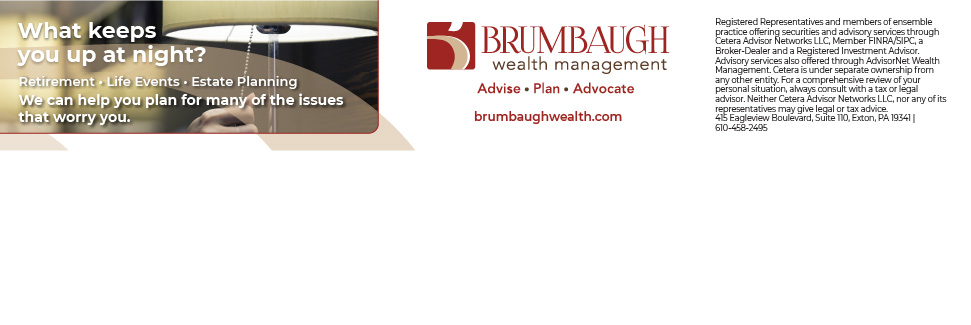















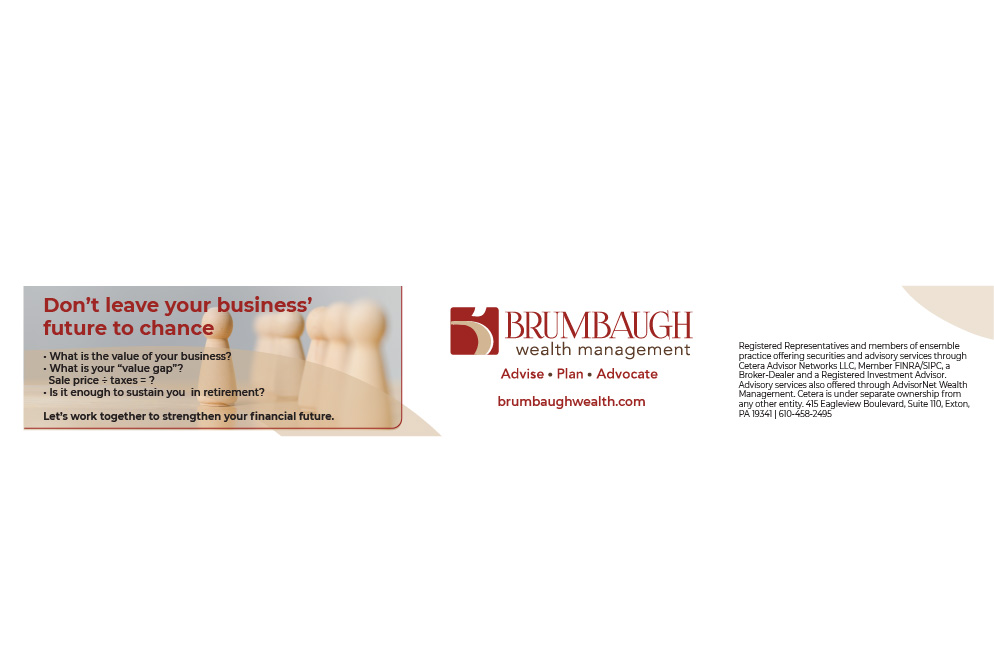
![95000-1023_ACJ_BannerAd[1]](https://vista.today/wp-content/uploads/2023/03/95000-1023_ACJ_BannerAd1.jpg)






















